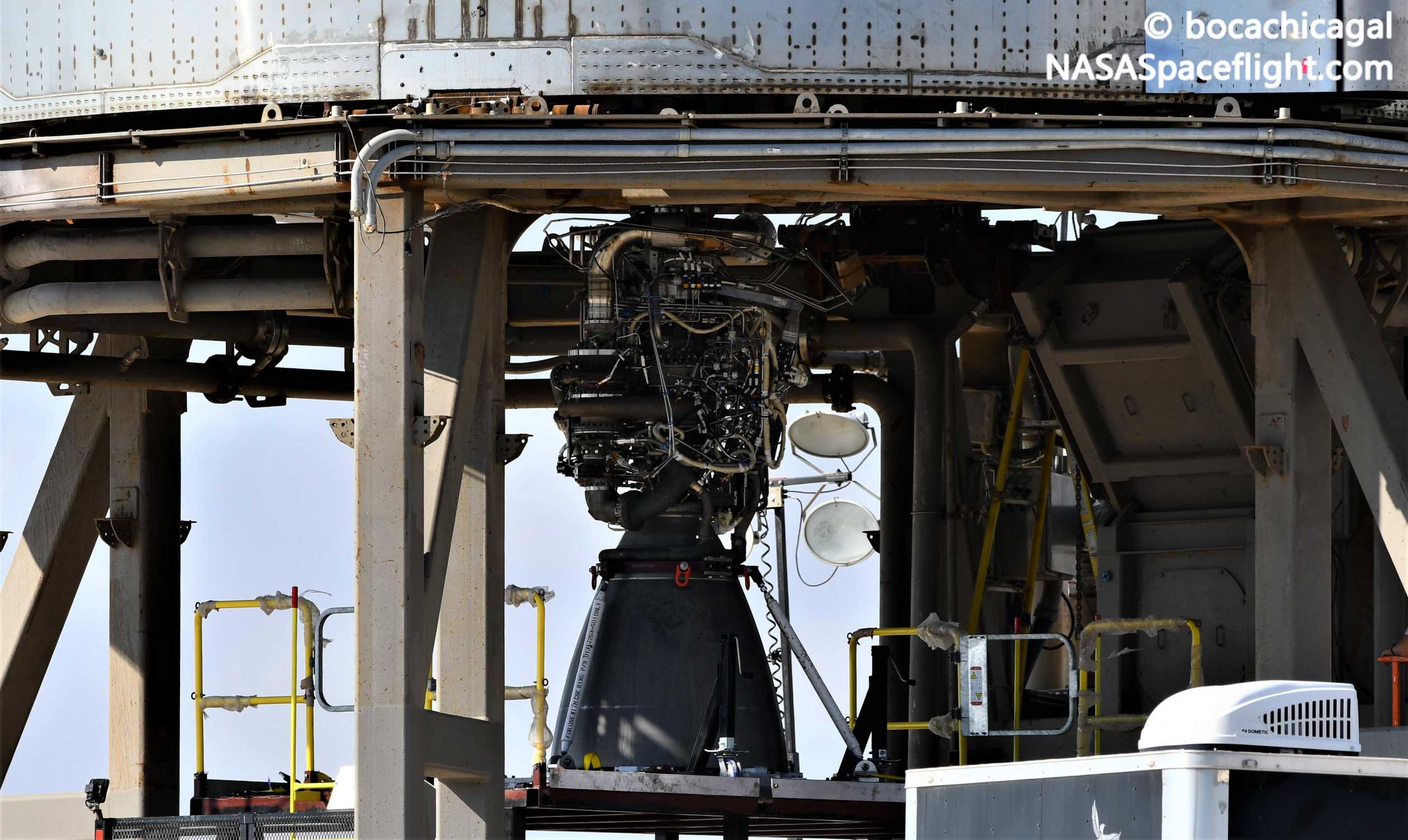
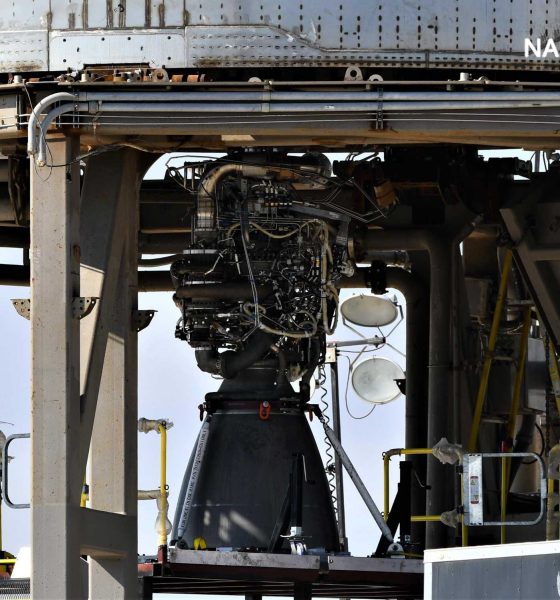
News
SpaceX Starship prototype gearing up for first static fire with three Raptor engines
Two days after Elon Musk announced that Starship SN8 “passed cryo proof” testing, SpaceX has begun installing three Raptor engines on the rocket for the first multi-Raptor static fire ever attempted.
On October 9th, the CEO revealed that the first SpaceX Starship prototype bound for a crucial high-altitude test flight had successfully completed cryogenic proof testing after four full nights of work. Curiously, Musk didn’t say much else but past comments indicated that SpaceX would follow up a successful Starship SN8 cryo proof test by installing three Raptors for the first attempt at a historic engine testing milestone: the multi-engine static fire.
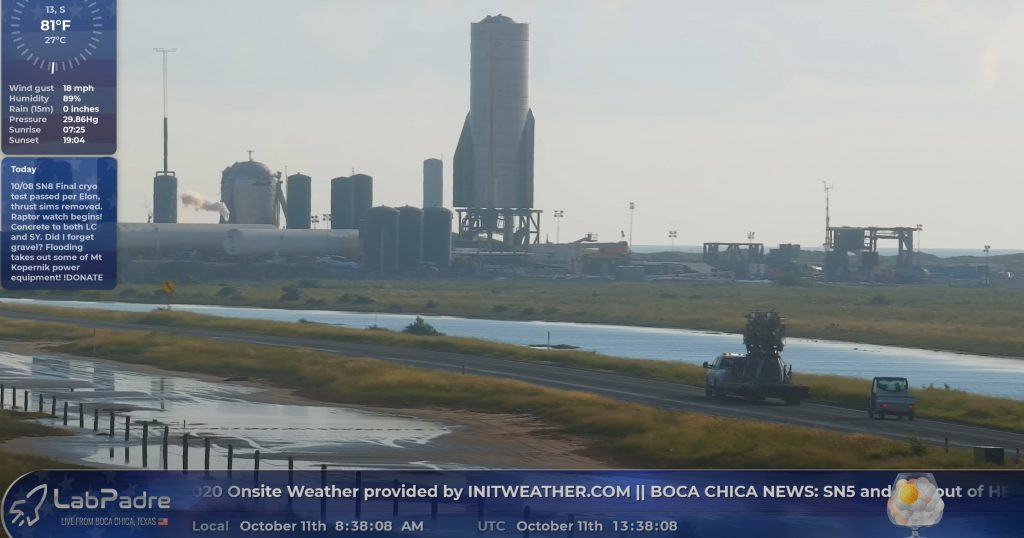
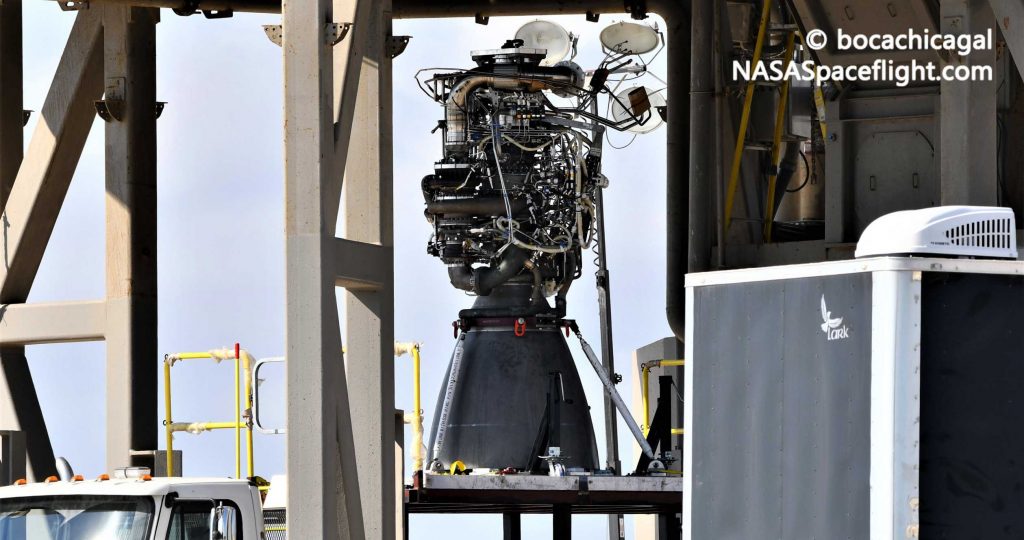
Recently discussed on Teslarati, Starship SN8 was the first flightworthy prototype to have functional aerodynamic control surfaces (flaps) installed, a milestone SpaceX passed on September 23rd. The rocket was rolled to the launch pad three days later but forced to sit at the pad for four days until high winds died down, at which point SpaceX was able to install SN8 on the launch mount.
“If SN8 reaches the necessary pressure and survives the stress of its cryo proof(s), it will likely become the first Starship to attempt a triple-Raptor static fire – a first for the engine, too. Starship SN8’s first cryo proof attempt is scheduled no earlier than 9pm-6am CDT (UTC-5) on Sunday, October 4th with backup windows on the 5th and 6th. The first static fire attempt – possibly beginning with one Raptor or jumping straight to three – could happen several days after a successful cryo proof.
According to Elon Musk, SpaceX will static fire SN8 twice before attempting its 15 km (~50,000 ft) launch debut. More likely than not, SpaceX will attempt a triple-engine static fire with the Starship as-is, install SN8’s nosecone and forward flaps, and attempt a second static fire while only drawing propellant from the rocket’s smaller header tanks (one of which is located in the tip of its nose). Only time (or Elon tweets) will tell.”
Teslarati.com — October 1st, 2020
As speculated on October 1st, it appears that SpaceX will indeed proceed with Raptor static fire testing before installing Starship SN8’s nose section, reducing the schedule impact and cost of a hypothetical failure. Although modern computer simulations are far better than they used to be, there is still always some inherent risk present during the first multi-engine static fire of a rocket, as operating multiple rocket engines in close proximity can produce complex interactions that are hard to predict.
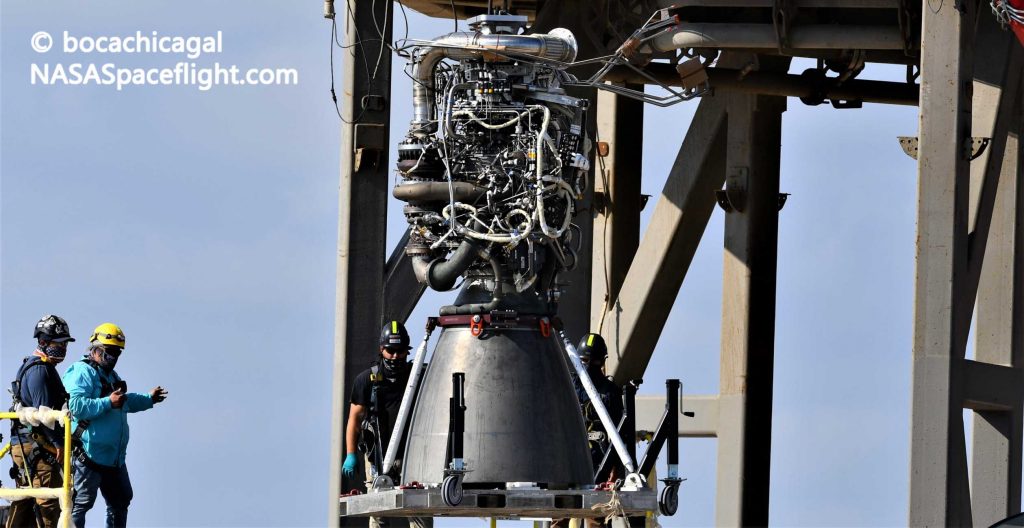
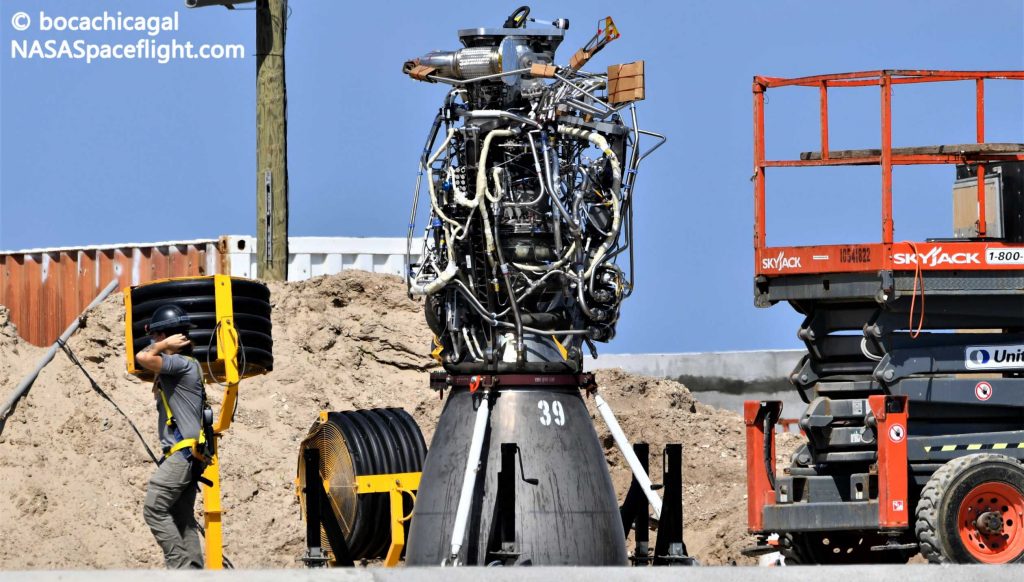
Based on the fact that SpaceX has already shipped two Raptors to the launch pad, it looks like Starship SN8 will begin static fire testing with three engines installed, although there’s still a chance SpaceX will sequentially proceed through one, two, and three-Raptor tests.
Regardless, SpaceX has yet to file for road closures for Starship SN8’s first static fire test campaign. Based on past tests with Starships SN4, SN5, and SN6, the first static fire attempt could happen just a few days to a week after engine installation and will be preceded by at least one or two wet dress rehearsals (WDRs) and Raptor ‘spin prime’ and/or preburner tests. Per Musk, after the first successful static fire, SpaceX will inspect the rocket (and likely install its nose section) before performing another static fire to clear Starship SN8 for flight. Stay tuned for updates!
Check out Teslarati’s Marketplace! We offer Tesla accessories, including for the Tesla Cybertruck and Tesla Model 3.

News
Tesla rolls out tasty new trade-in deal for a limited time
Tesla has rolled out a tasty new trade-in deal in the United Kingdom for a limited time, knocking just over the equivalent of $5,000 off of the price of a new or inventory Model 3 or Model Y.
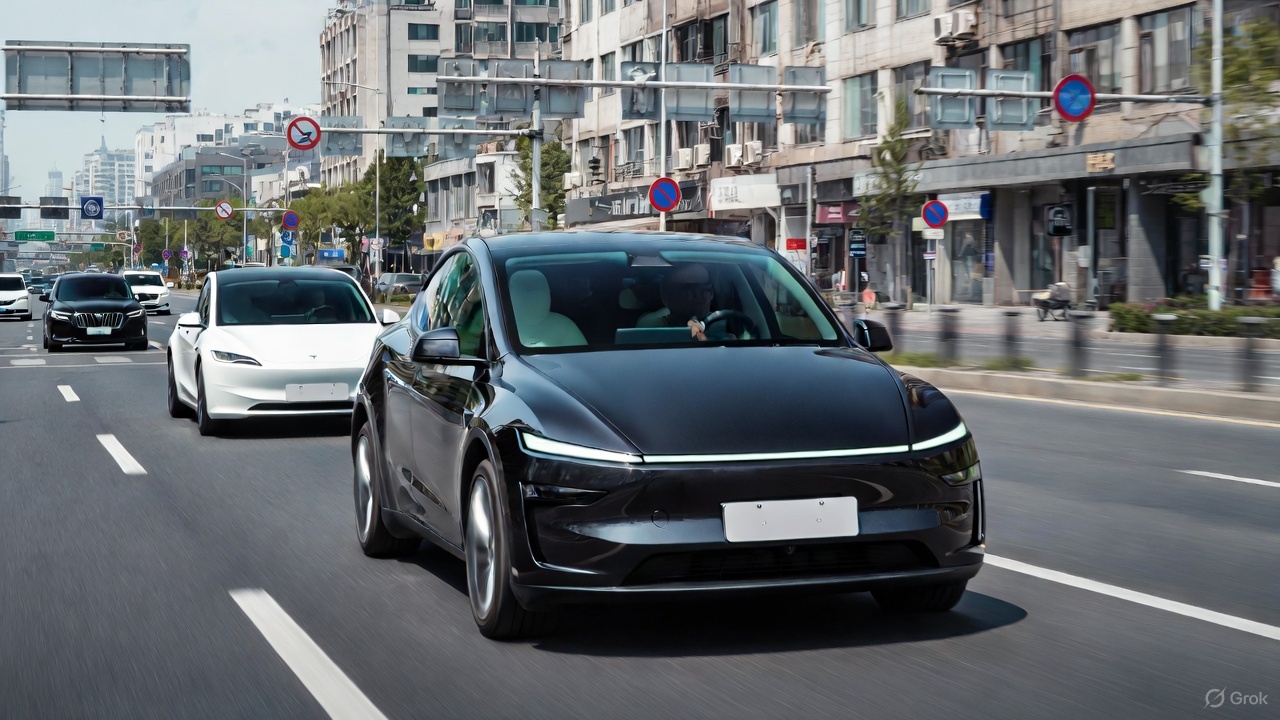
Tesla has rolled out a tasty new trade-in deal in the United Kingdom for a limited time, knocking just over the equivalent of $5,000 off of the price of a new or inventory Model 3 or Model Y.
The move, which could be a great way to incentivize sales in the United Kingdom, will take off £3,750 ($5,043) from the price of either of Tesla’s two most popular models, but it’s only valid until March 31, 2026. It requires the order and delivery to take place within the first quarter to qualify for the discount.
NEWS: Tesla UK is offering a £3,750 ($5,043 USD) trade-in bonus towards a new Tesla if you trade in your current car.
Must order and take delivery before March 31, 2026. pic.twitter.com/ZBLoZaLMvT
— Sawyer Merritt (@SawyerMerritt) January 2, 2026
The bonus is designed to lower the cost barrier for switching to electric vehicles, stacking the £3,750 on top of the actual trade-in value of any eligible car — this includes petrol, diesel, or even an EV from another automaker. It applies to both new builds and inventory vehicles, including test drive and showroom models, but excludes certified pre-owned Teslas.
This promotion comes amid intensifying competition in the European EV sector. Chinese giant BYD, which snatched the EV sales title from Tesla for 2025, has been aggressively expanding in the European market, undercutting prices and capturing market share with its widely affordable models, including the Seagull.
Tesla’s strategy echoes similar incentives that have been offered in other markets at different times. With UK EV adoption hovering around 20 percent of new car sales in 2025, such deals could accelerate the transition, especially as government mandates phase out fossil fuels by 2035.
There have been enthusiastic reactions to the offer on X, the social media platform owned by Tesla CEO Elon Musk. These incentive programs are few and far between, and are never predictable in terms of availability. However, Tesla could be using this discount to get the year off to a good start.
For potential buyers, the deal underscores Tesla’s agility in a competitive landscape. As EV infrastructure improves and battery tech advances, incentives like this could tip the scales for those who might be more hesitant to make the jump.
With Q1 2026 deliveries ramping up and Tesla coming off a yearly decline in deliveries, the company is undoubtedly looking to push things forward and get the year off to a great start.
News
Lucid and Uber team with Nuro for new robotaxi program with Gravity SUV
The plan currently is to launch it to the public in the Bay later this year.
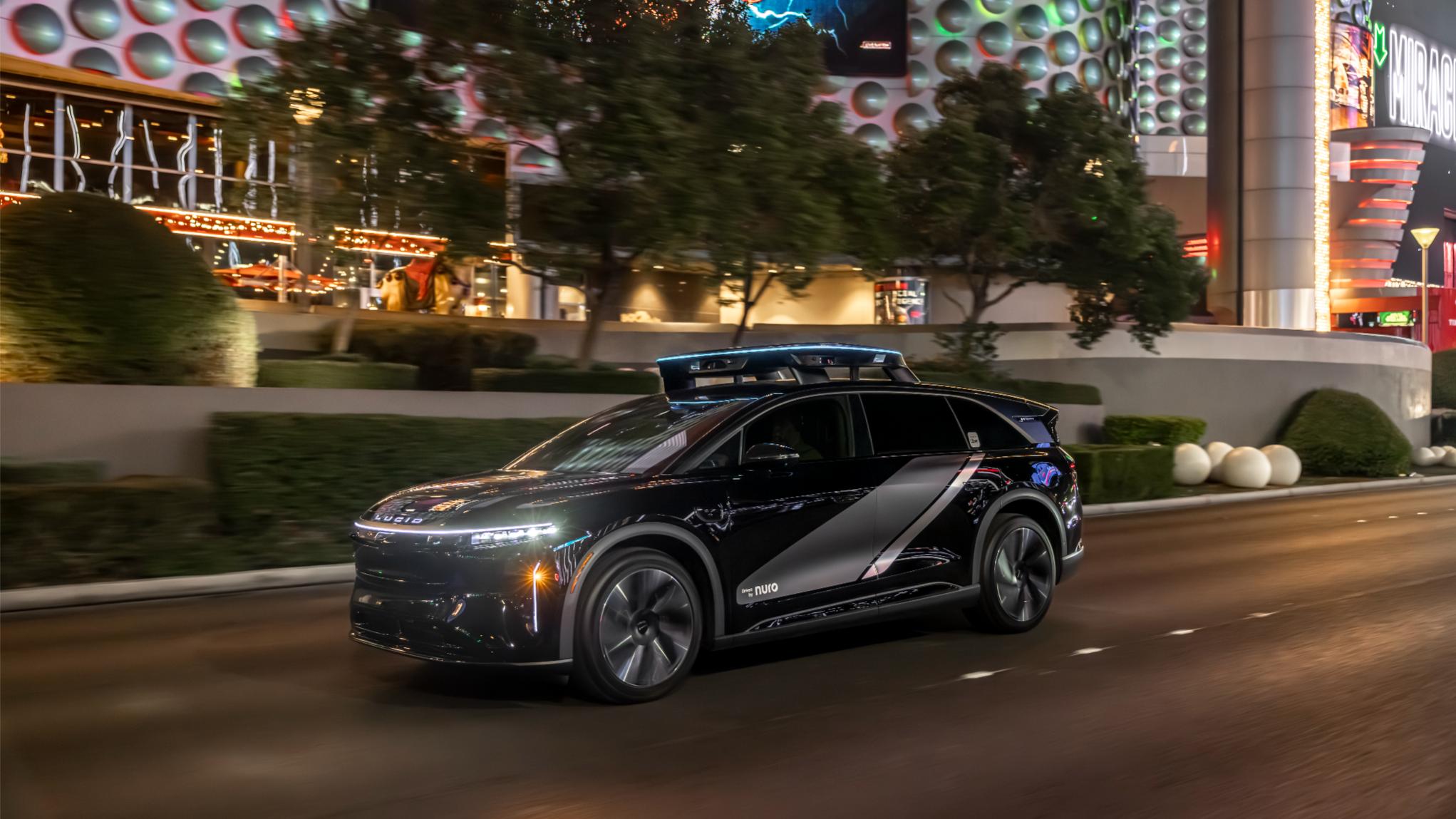
Lucid and Uber are teaming up with Nuro to launch an autonomous robotaxi program utilizing the automaker’s Gravity SUV. The project will be unveiled at CES 2026, introducing an in-cabin rider experience completely designed by Uber, the world’s largest ride-sharing service.
Back in 2025, the partnership between the three companies was announced, aiming to launch a unique ride-sharing platform using over 20,000 Lucid vehicles equipped with the Nuro Driver technology. The vehicles are owned and operated by Uber.
The companies have already initiated some testing in the San Francisco Bay Area, which is a big step in the right direction for the project. The plan currently is to launch it to the public in the Bay later this year. Nuro will lead the testing using robotaxi engineering prototypes that are supervised by autonomous vehicle operators.
Currently, there are over 100 robotaxis in the Engineering Test Fleet.
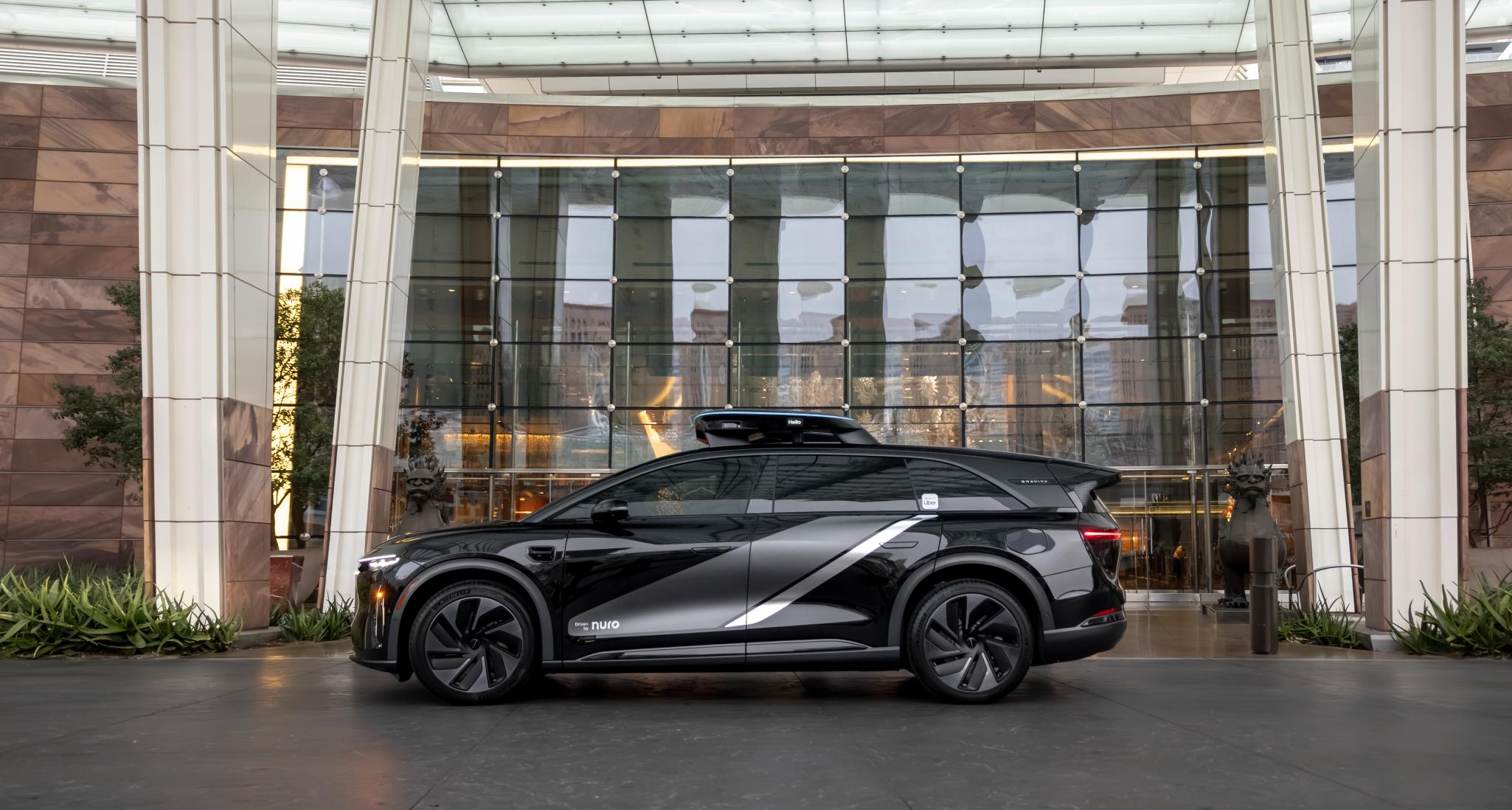
The Gravity vehicles are fitted with a next-gen sensor array featuring high-res cameras, solid-state LiDAR sensors, and radars that will provide a 360-perception model, as well as a “purpose-built roof-mounted halo designed to maximize sensor visibility,” which is seen on top of the Gravity unit above.
The halo also has integrated LEDs to help riders more easily identify the correct vehicle by displaying their initials. The halo will also provide clear status updates from pickup through dropoff.

These units for the robotaxi program between the three companies will start being produced later this year at Lucid’s Arizona AMP-1 factory.
Uber chose the Lucid Gravity specifically due to its “unprecedented comfort” and its reputation, as it was named to Car and Driver’s 10 Best for 2026. But Uber is customizing some things for the Gravity so that it is specifically catered to robotaxi riders:
- For the first time, Uber is designing the in-vehicle rider experience, which will include interactive screens with entertainment and climate control options, as well as support contacts and vehicle maneuver requests, like a request to pull over.
- It will also have in-vehicle visualization, showing what the robotaxi sees and its path in real-time. This will be a nice transition for those who are skeptical about driverless vehicles, and will show what the vehicle and its sensors, LiDAR, and cameras see.
- The Gravity is also a sizeable SUV, which will give riders space for themselves and their luggage.
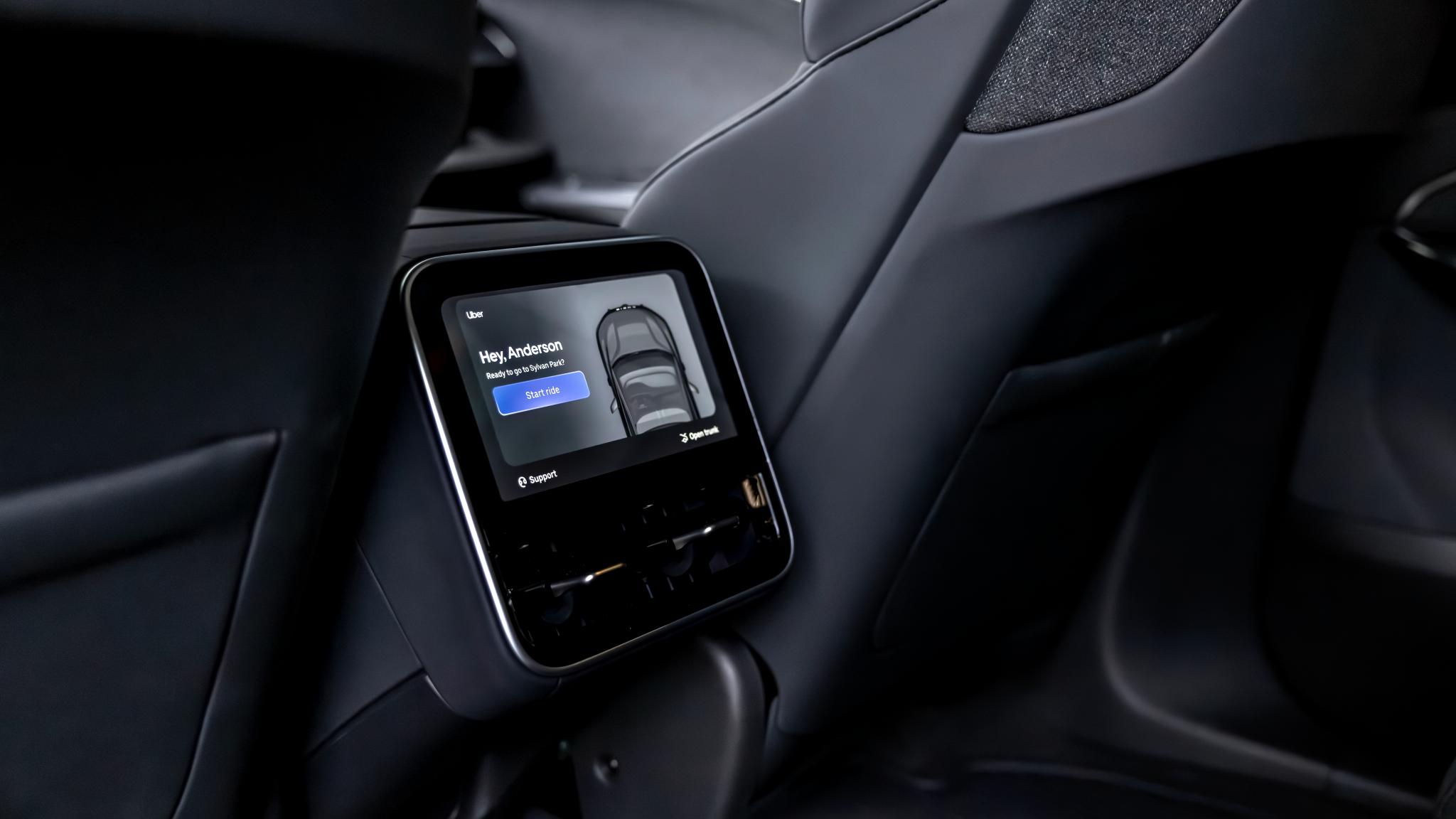
This is the latest application of a ride-hailing platform that leans on autonomy for its operation, essentially phasing out the need for human drivers in various markets, starting with the Bay Area.
More companies are dipping their toes in the project, giving them the opportunity to establish some early momentum, as there are only a handful of companies that are currently operating this in the United States. Uber, Lucid, and Nuro aim to be the next, and initiating this program at this time is big for their chance at success.
News
Tesla Cybercab test fleet expands in Austin and Bay Area
In total, the Robotaxi fleet is comprised of 139 total vehicles in both Austin and the Bay Area. The vast majority of these units are Model Y cars, but the Cybercab is the most recent addition to the fleet.
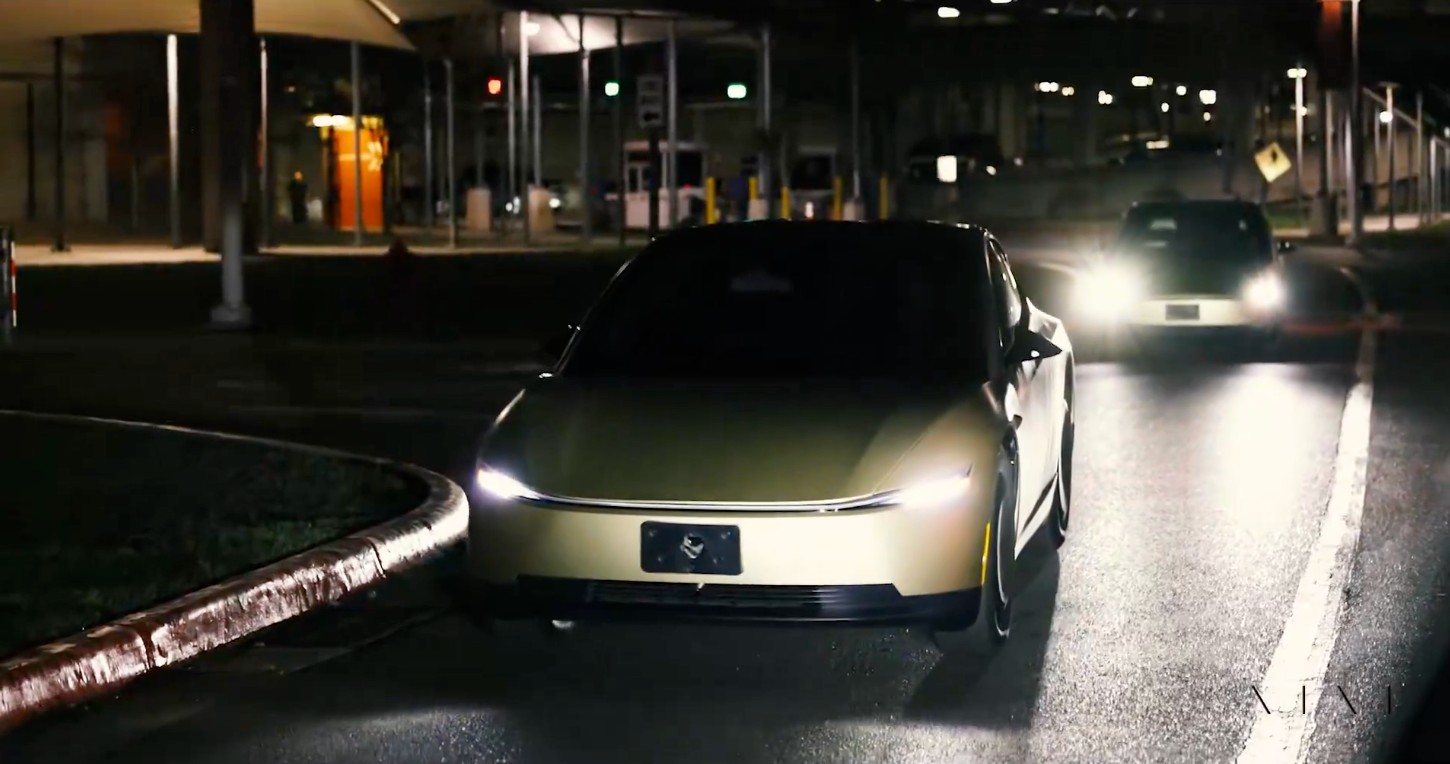
Tesla has expanded its fleet of Cybercab test units in both Austin and the Bay Area of California, as the vehicle is heading toward the first production stages, hopefully early this year.
As the first few units were spotted in Austin late last year, Tesla is now operating seven total Cybercab units in testing, three of which were spotted over the weekend in Texas. Bay Area testing just started on January 3, with both units also being added to the fleet on Saturday and Sunday.
In total, there are seven Cybercabs now operating, according to Robotaxi Tracker, each with different license plates that have been observed over the course of the last several weeks; the first unit was spotted in Austin on December 18.
The future should look like the future, indeed.
The Cybercab really changes the look of the roads, but without the shock factor of the Cybertruck. It’s a pretty good balance, imo.pic.twitter.com/PM0KbjzhxR
— TESLARATI (@Teslarati) December 22, 2025
The expansion of the Cybercab test fleet is a slow but steady process that Tesla is taking to get the car on public roads ahead of its initial production stages.
CEO Elon Musk said last week that Tesla has already started some test production phases of the vehicle at Gigafactory Texas, which is located outside of Austin.
Tesla Cybercab tests are going on overdrive with production-ready units
However, it will likely be some time before Tesla actually adds it to the fleet for rides that are available to the public. Tesla plans to build it without a steering wheel or pedals, so the company will have to reach Level 5 autonomy at that point before customers can hail rides and take it to their destination.
In total, the Robotaxi fleet is comprised of 139 total vehicles in both Austin and the Bay Area. The vast majority of these units are Model Y cars, but the Cybercab is the most recent addition to the fleet.








